On remembrance day (11th of November) some people wear purple poppies in order to remind us that not only men, women and children suffered from war but animals as well.
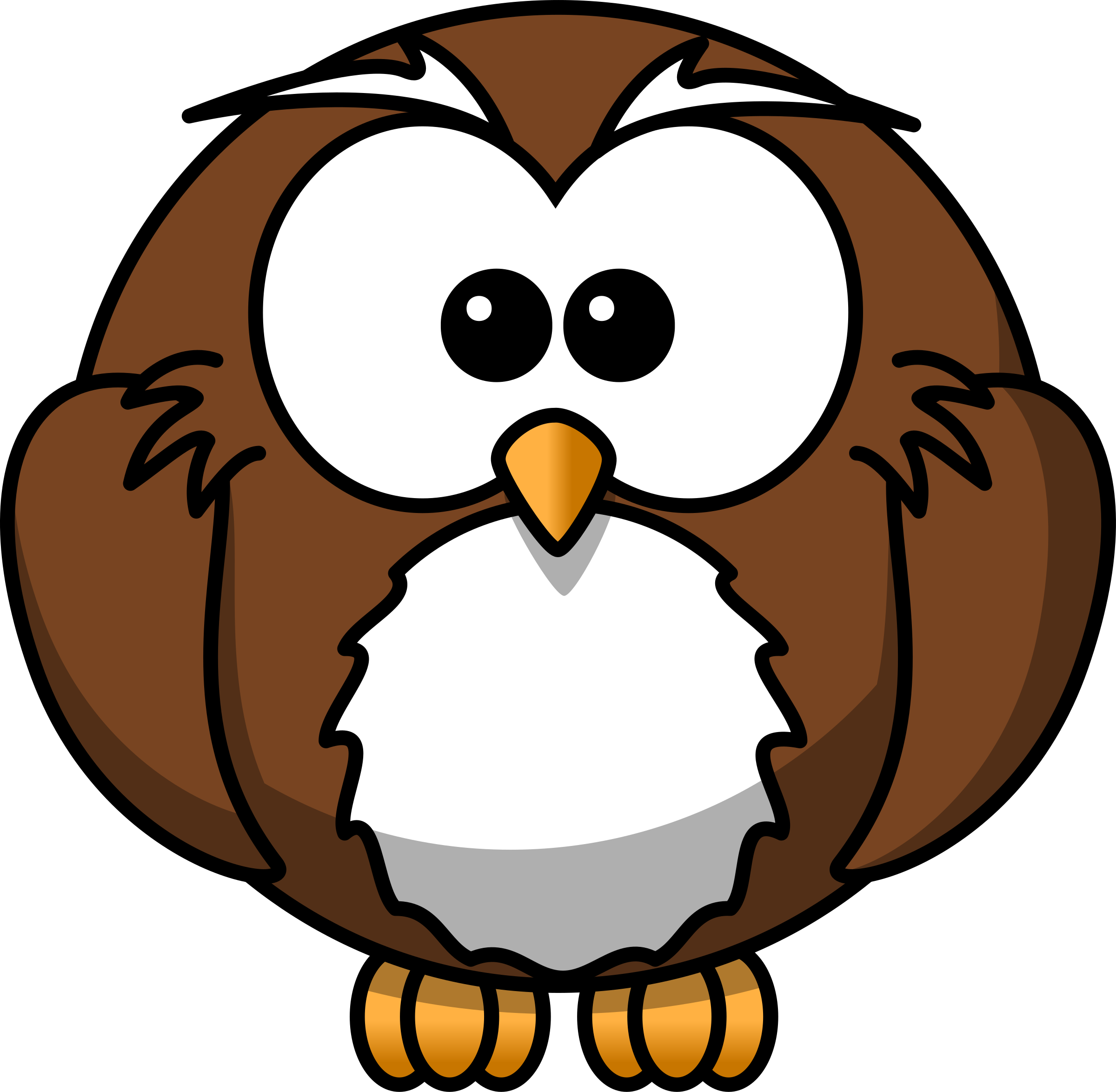 Pigeons were used to exchange messages during WWI. They could easily find their way back, even if a division had come under heavy enemy fire. (Sorry, what is the owl doing here?)
Pigeons were used to exchange messages during WWI. They could easily find their way back, even if a division had come under heavy enemy fire. (Sorry, what is the owl doing here?)
 Dogs were also used as messengers during World War I. Apart from that, they were very important in helping to find wounded soldiers on the battlefield (casualty dogs) and guarding the trenches (scout and sentry dogs).
Dogs were also used as messengers during World War I. Apart from that, they were very important in helping to find wounded soldiers on the battlefield (casualty dogs) and guarding the trenches (scout and sentry dogs).
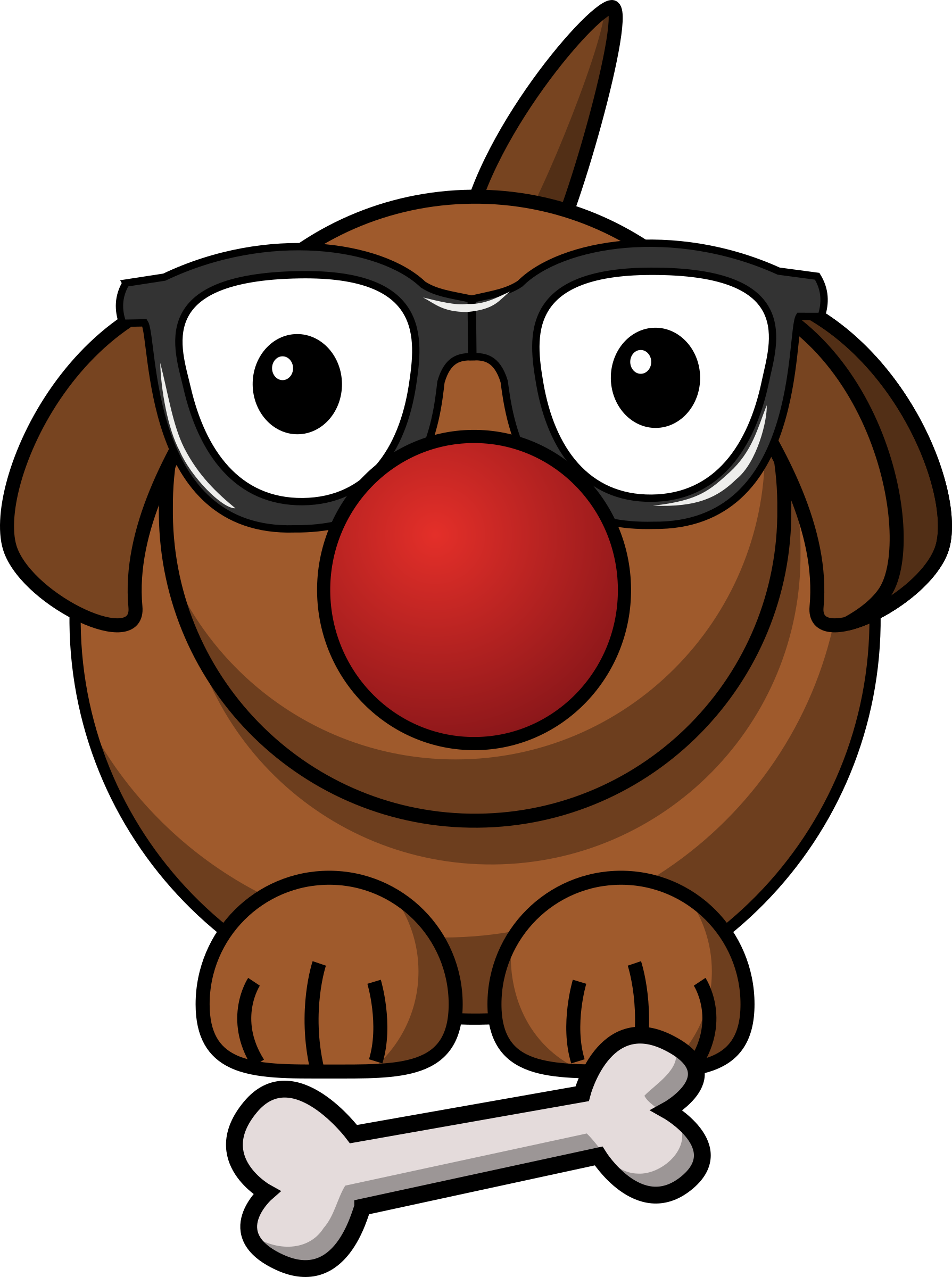
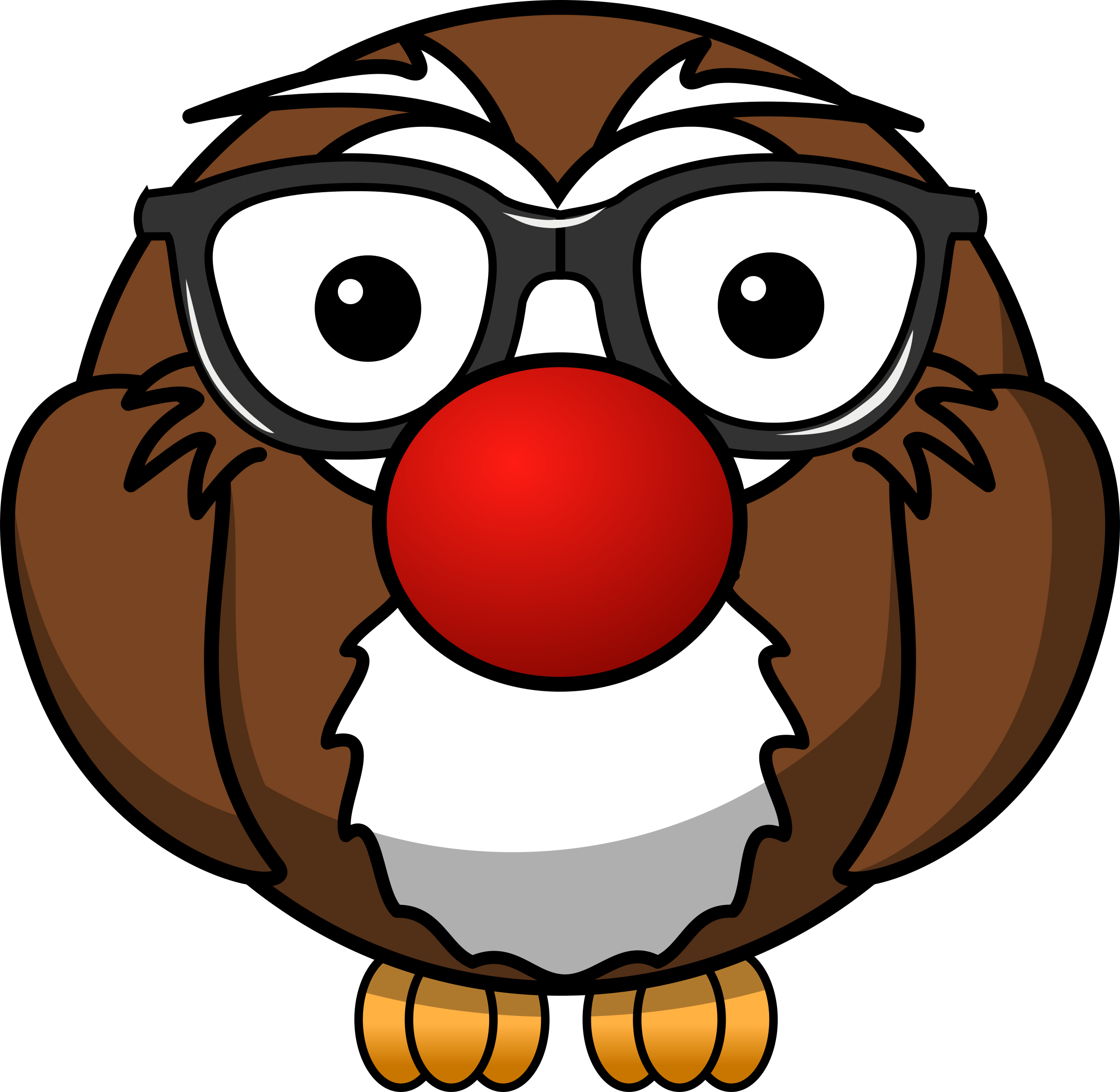 Yes, and as man's best friend a dog might of course have brought back some normality to a horrible place. (Could someone tell this silly bird that this is NOT a chapter about owls?!)
Yes, and as man's best friend a dog might of course have brought back some normality to a horrible place. (Could someone tell this silly bird that this is NOT a chapter about owls?!)
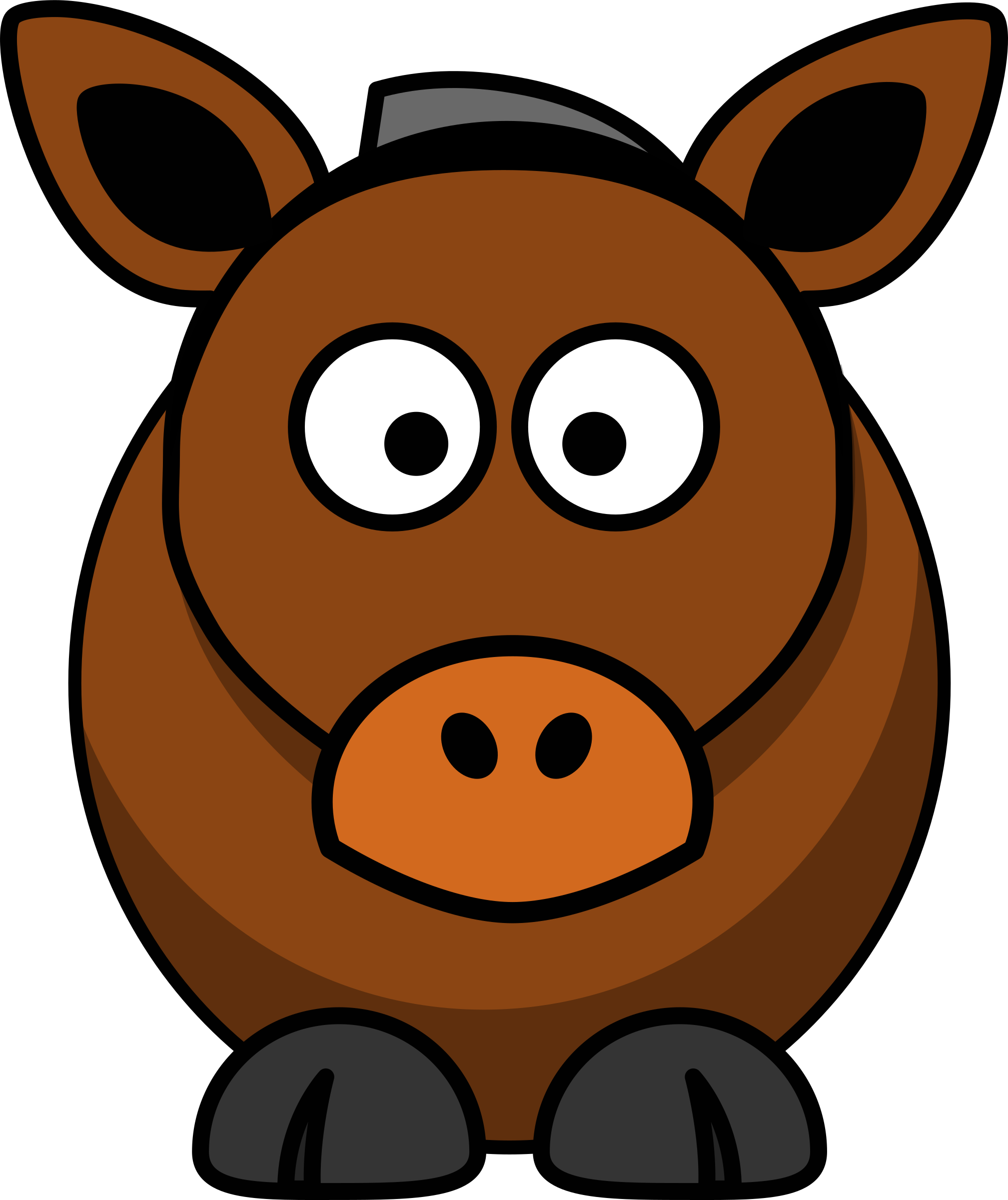 Horses and mules pulled pieces of artillery, supply carts and ambulances. Horses also served as transportation for soldiers, especially as cavalry horses.
Horses and mules pulled pieces of artillery, supply carts and ambulances. Horses also served as transportation for soldiers, especially as cavalry horses.
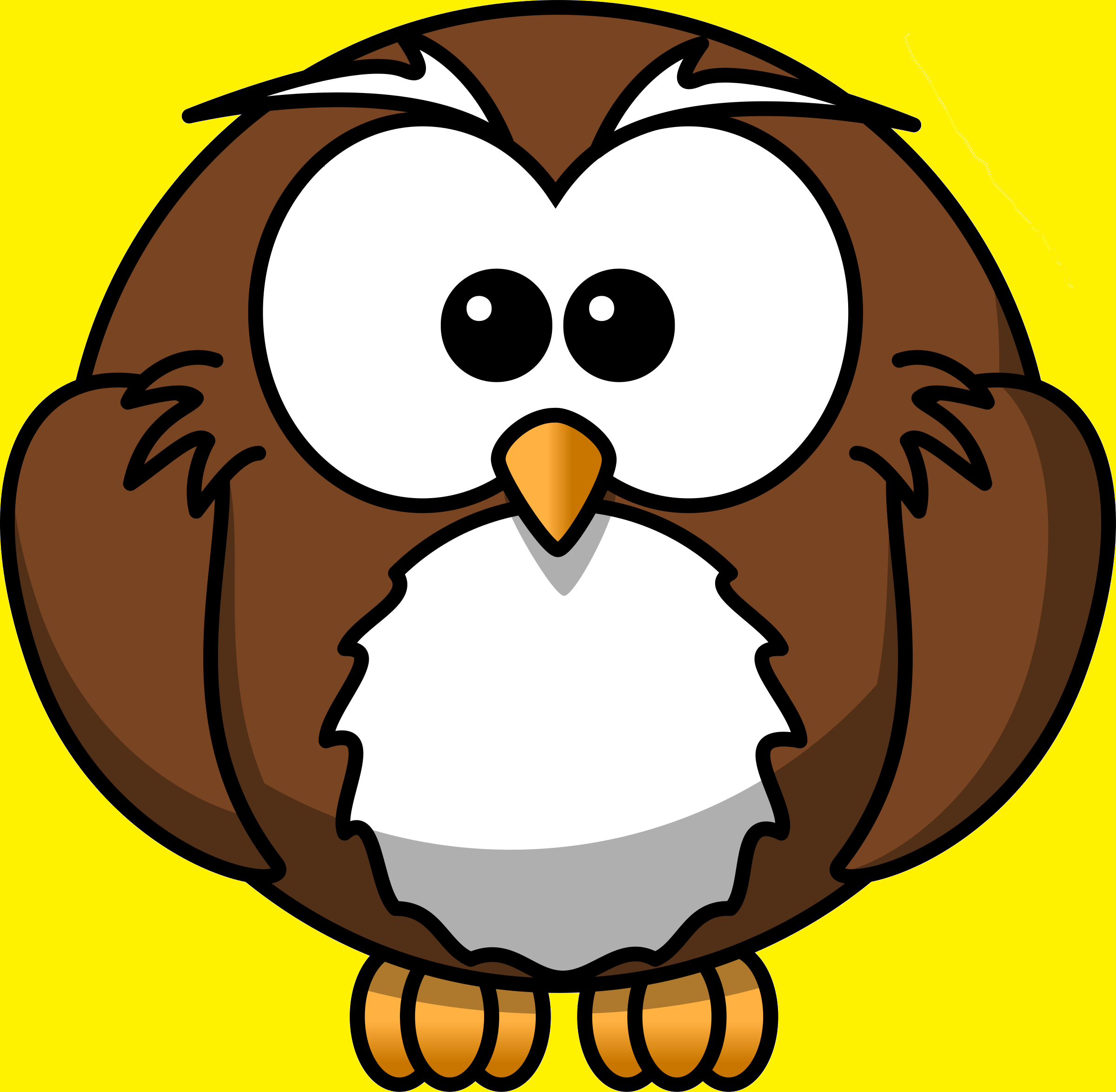 Glow-worms
Glow-worms 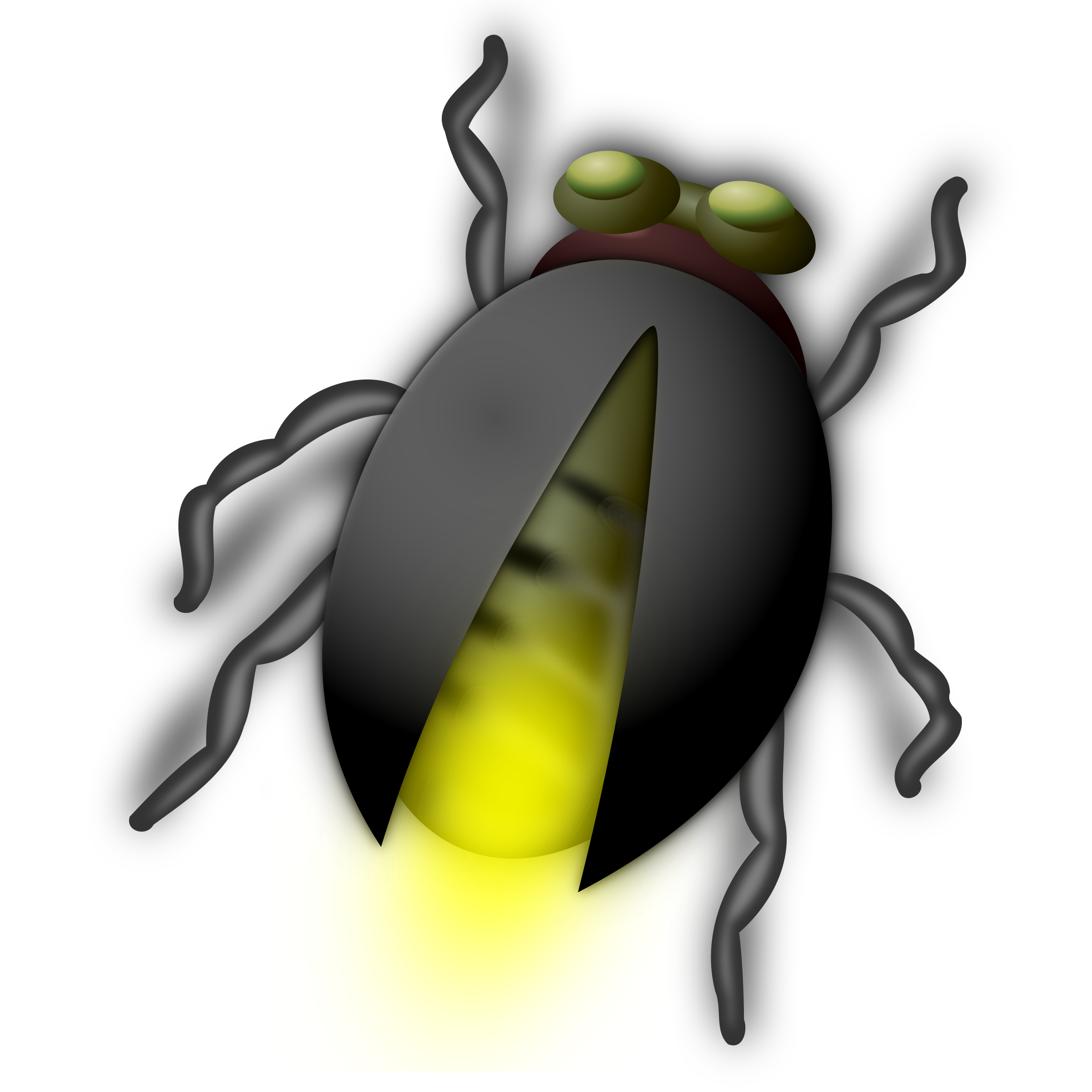

 were kept in jars to provide light in the trenches when electricity stopped working. It would have been pitch dark there without them!
were kept in jars to provide light in the trenches when electricity stopped working. It would have been pitch dark there without them!
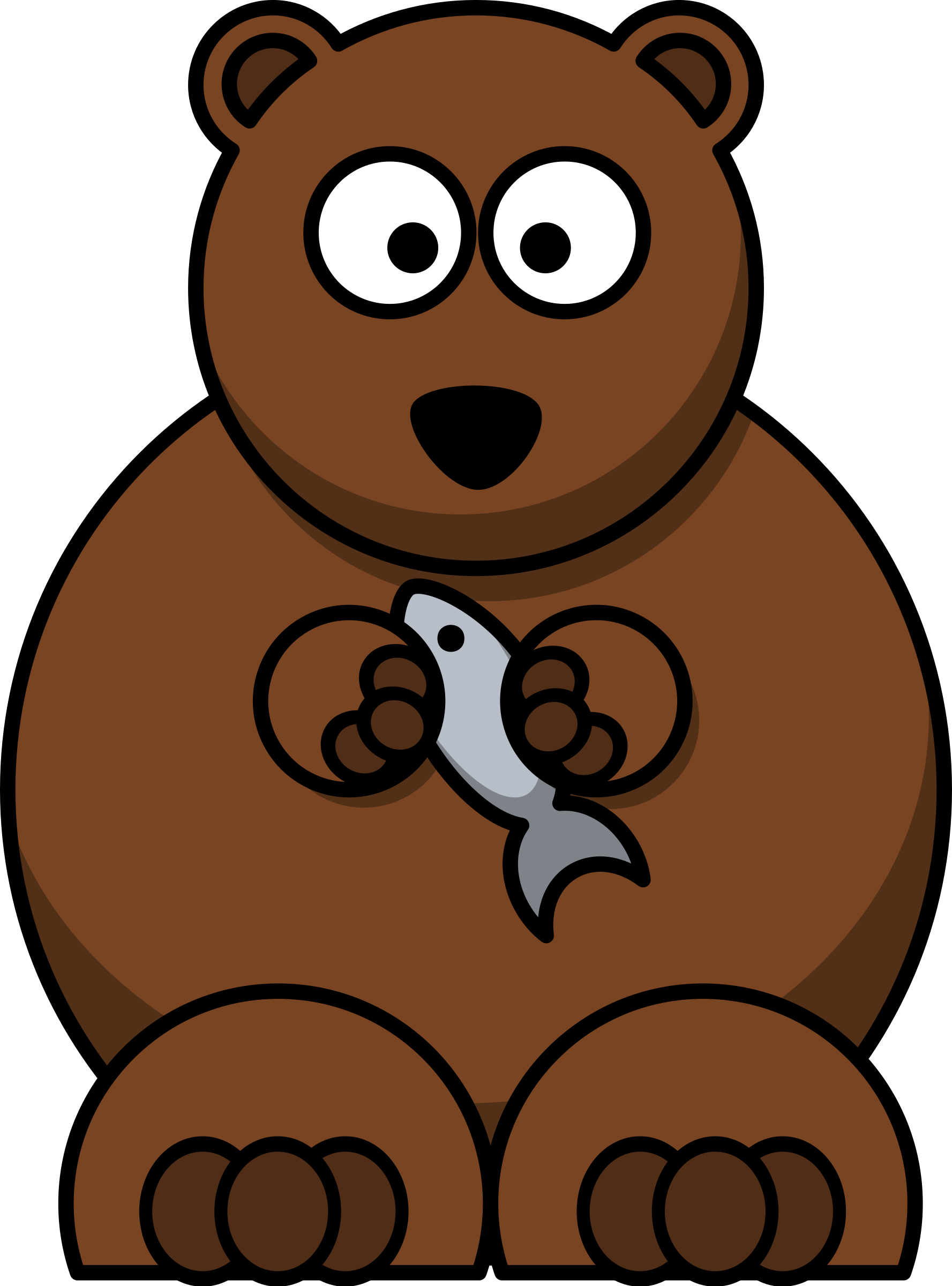 And last but not least, many animals served as mascots during the war. Winnipeg, for example, known as Winnie, was an American black bear and a mascot to Canadian soldiers. London Zoo became his home in 1914, where author A. A. Milne saw him and was inspired to write his famous Winnie the Pooh stories. (Just for the records: Owls are really cool creatures and would have made great mascots, too.)
And last but not least, many animals served as mascots during the war. Winnipeg, for example, known as Winnie, was an American black bear and a mascot to Canadian soldiers. London Zoo became his home in 1914, where author A. A. Milne saw him and was inspired to write his famous Winnie the Pooh stories. (Just for the records: Owls are really cool creatures and would have made great mascots, too.)
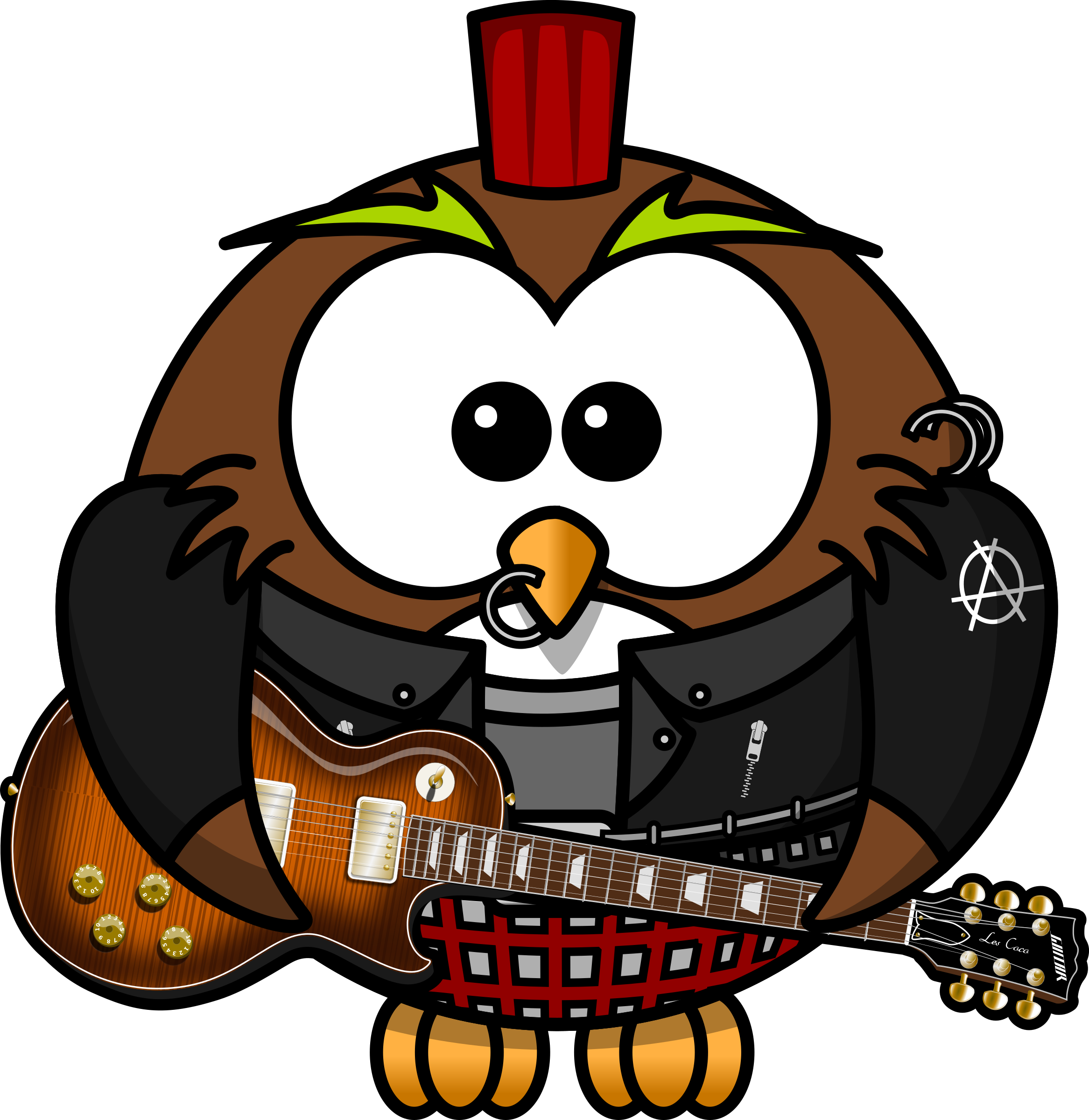 Well, maybe not that cool...
Well, maybe not that cool...
Go to 2.2 Task 5: Material next and read about Armistice Day (= the day when the fighting stopped and World War I finally came to an end. In case you forgot: This happened at 11 am on the 11th of November 1918). Then give your own account of what happened that day from an unusual point of view. You may for example write from an animal's perspective.
Illustrations:
https://openclipart.org
Sources:
O Say Can You See?. Stories from the National Museum of American History. URL: http://americanhistory.si.edu/blog/how-did-animals-even-slugs-serve-world-war-i [25.4.16]
The role of animals during World War One. URL: http://www.bbc.co.uk/newsround/28604874 [25.4.15]